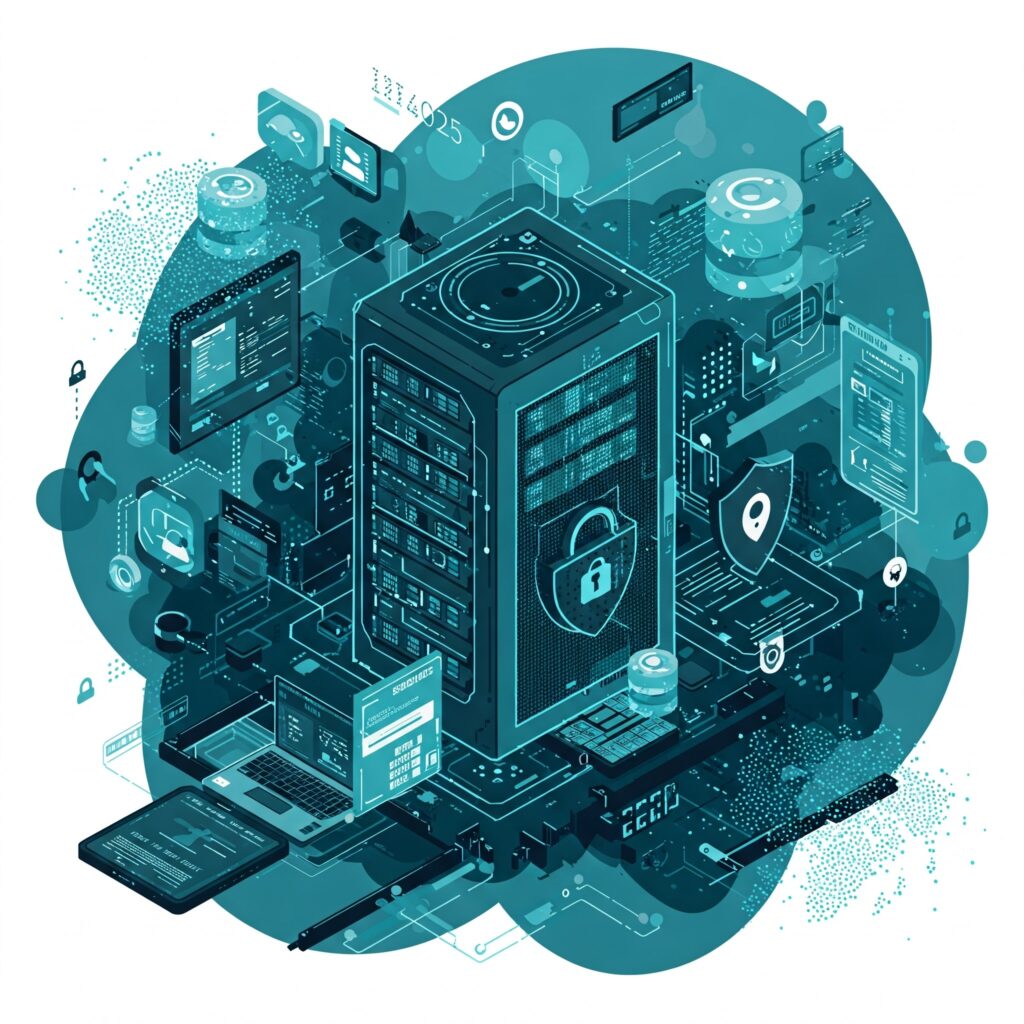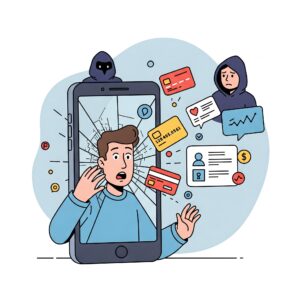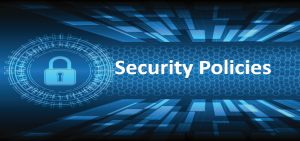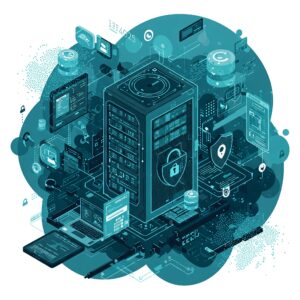Cybersecurity Threats: Protect Yourself in 2025 and beyond
It’s impossible to ignore the headlines: data breaches are becoming increasingly common, impacting millions of people every year. But how do you protect yourself?

It’s impossible to ignore the headlines: data breaches are becoming increasingly common, impacting millions of people every year. In recent months alone, we’ve seen major incidents affecting companies from healthcare providers to telecommunications giants and even food delivery services. But what does this mean for you? And what can you do to protect yourself?
Recent High-Profile Breaches:
Several significant data breaches have made headlines recently, highlighting the ongoing threat to personal information. These incidents affected a variety of organizations, including:
- T-Mobile: Suffered multiple breaches in 2024 and early 2025, compromising millions of customer accounts. Stolen data included personal contact information and even Social Security numbers.
- Dell: A major data breach in 2024 exposed the personal identifiable information of a significant number of their customers.
- Medusind Inc.: A January 2025 cyberattack on this medical billing company exposed the health information, payment information and government identification of 360,000 individuals.
- Apria Healthcare: A breach, first discovered in 2019 and 2021, and only recently publicized, impacted nearly 1.9 million customers.
- Grubhub: In 2024, a third-party service provider compromise impacted customer, merchant and driver data.
These are just a few examples. Many smaller breaches occur daily, often going unreported or unnoticed.
The Impact on You:
The consequences of these breaches can be severe. Stolen personal information can be used for:
- Identity theft: Criminals can open fraudulent accounts, take out loans, or file taxes in your name.
- Financial fraud: Your credit cards or bank accounts may be compromised.
- Extortion: Hackers may demand payment to prevent the release of your personal information.
What Can You Do?
While you can’t completely eliminate the risk, you can significantly reduce your vulnerability. Here are some key steps to protect yourself:
- Strong Passwords: Create unique, complex passwords for each online account. Use a password manager to help you keep track. Aim for at least 15 characters, using a mix of upper and lowercase letters, numbers, and symbols. Consider using passphrases – memorable sequences of words.
- Multi-Factor Authentication (MFA): Enable MFA wherever possible. This adds an extra layer of security, requiring more than just a password to access your accounts.
- Software Updates: Keep your software (operating system, antivirus, apps) updated. Automatic updates are your friend!
- Secure Wi-Fi: Use strong passwords for your home Wi-Fi and avoid using public Wi-Fi for sensitive transactions.
- Suspicious Emails/Links: Be wary of phishing emails and avoid clicking on suspicious links or opening attachments from unknown senders.
- Online Privacy: Be mindful of the information you share online, particularly on social media.
- Identity Theft Protection: Consider using identity theft protection software. This can monitor your credit reports and alert you to suspicious activity.
- Regularly Check Your Accounts: Review your bank and credit card statements frequently for unauthorized transactions. Check your credit reports for any new accounts or inquiries.
Check out some of my other articles that can help you improve your security awareness and processes.
- Personal Security Policy | Protect your digital life with 3 easy tips.
- Patching | Why it is important (Just Do It!)
- Password Security | Best practices for secure and strong passwords
- Multi-Factor Authentication | What is it and why you must have it!
The Growing Threat:
Cybercriminals are constantly developing new techniques, leveraging AI to create more sophisticated scams and attacks. Phishing, ransomware, and supply chain attacks continue to be major threats, making vigilance and proactive security measures crucial.
Consumer Apathy:
While the number of cyber incidents is increasing, there is a growing sense of apathy among some consumers. This shouldn’t be the case. The more people take individual protective measures, the more challenging it will be for the criminals.
Don’t become complacent. Take control of your digital security and protect yourself and your family from the ever-evolving cyber threat landscape. Remember that your vigilance is your best defense.
For guidance, I recommend that you check out Clarify Cyber. They specialize in all things Cyber Security. Also, be sure to check out their blog articles to get deeper insights and news into the world of cyber security!






